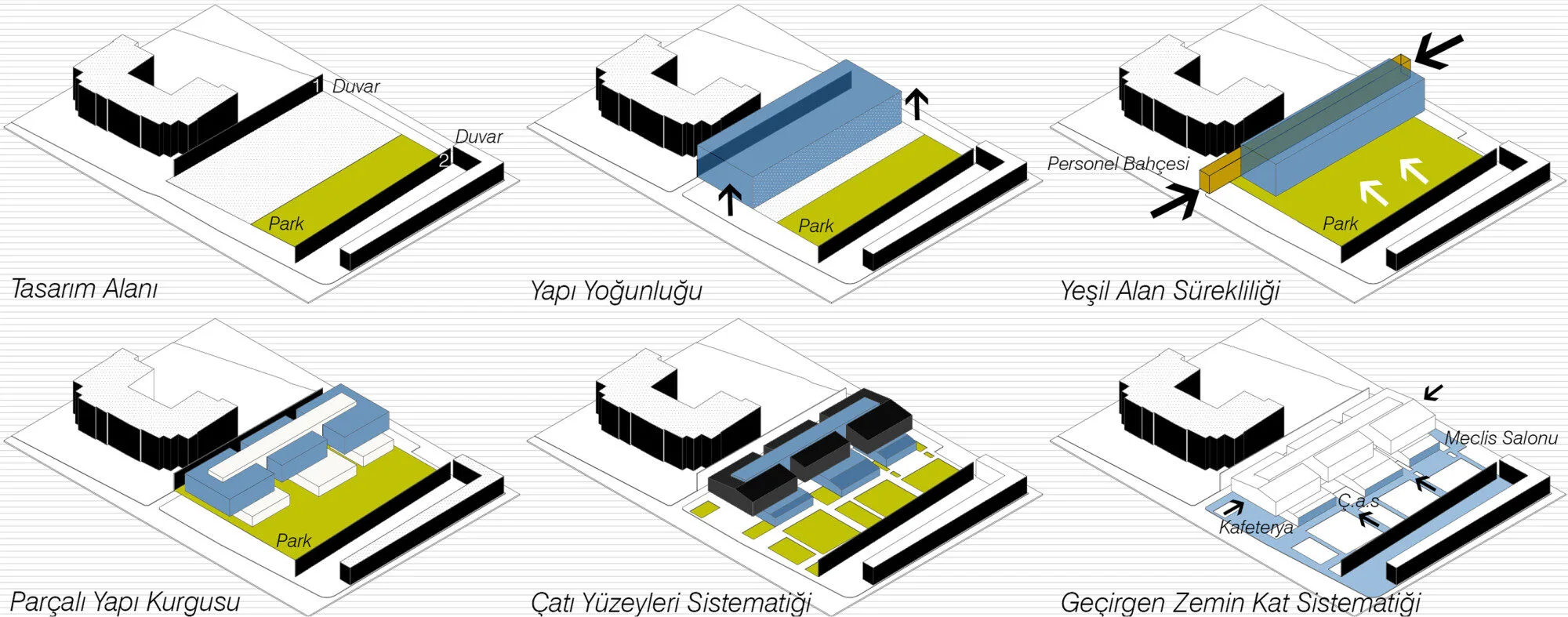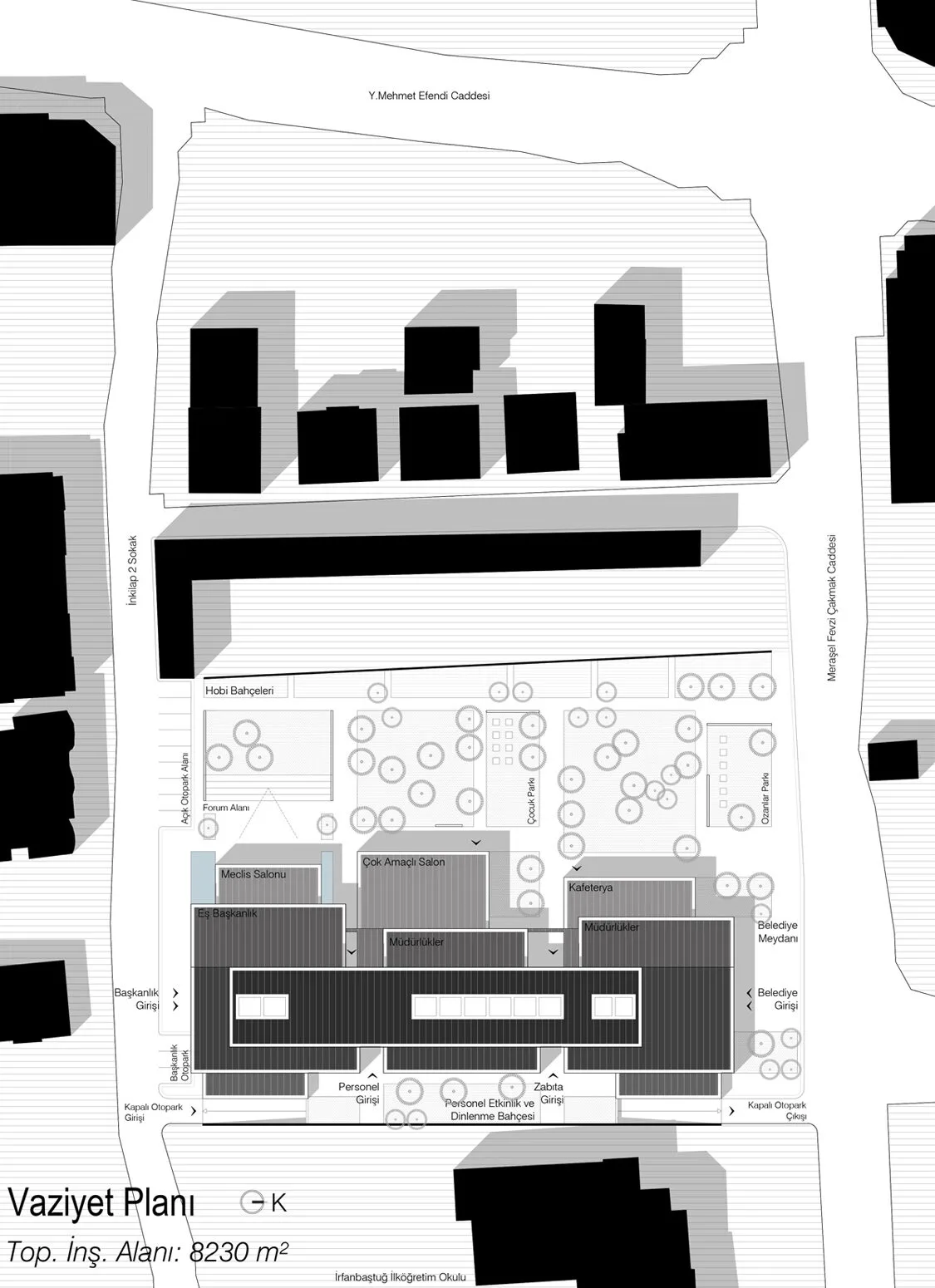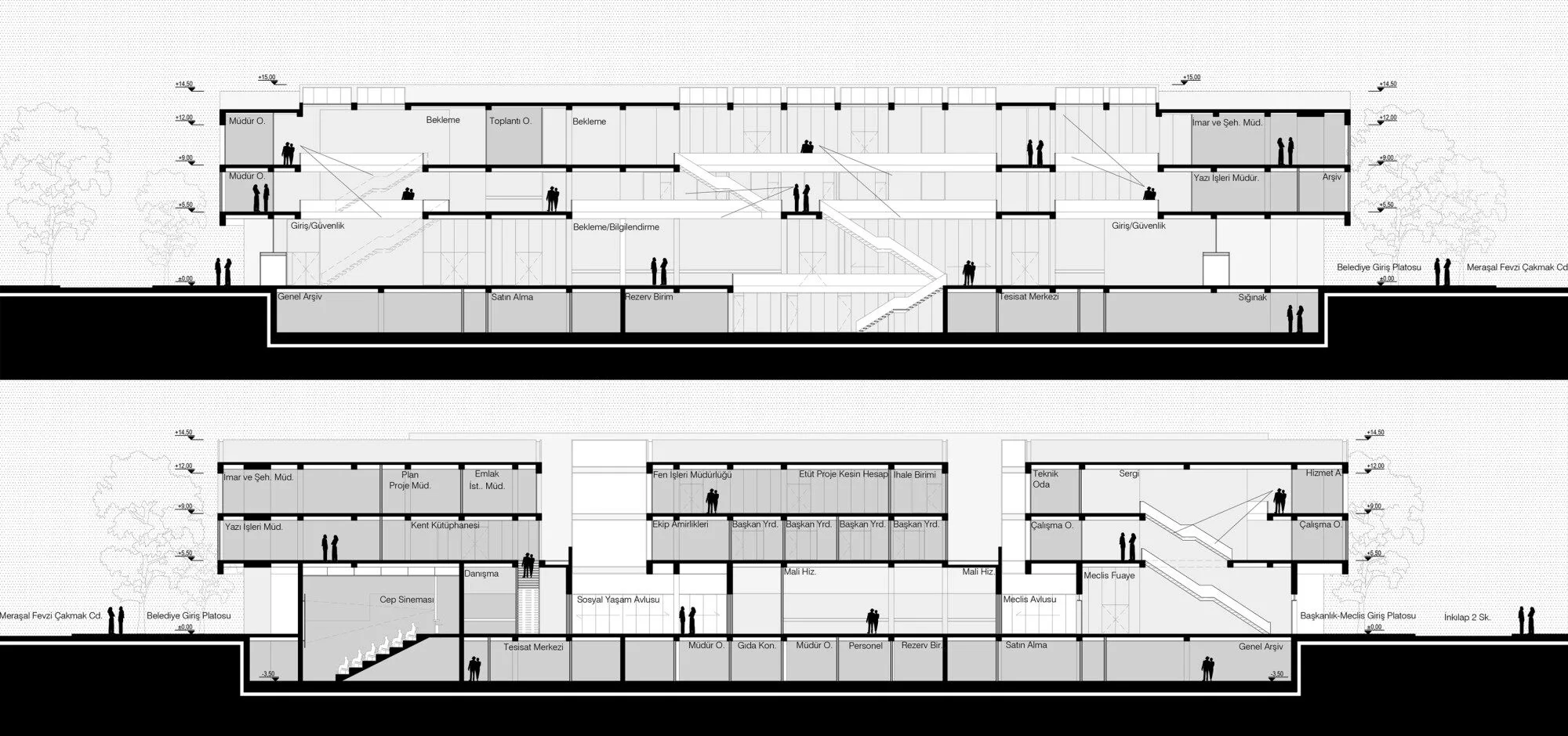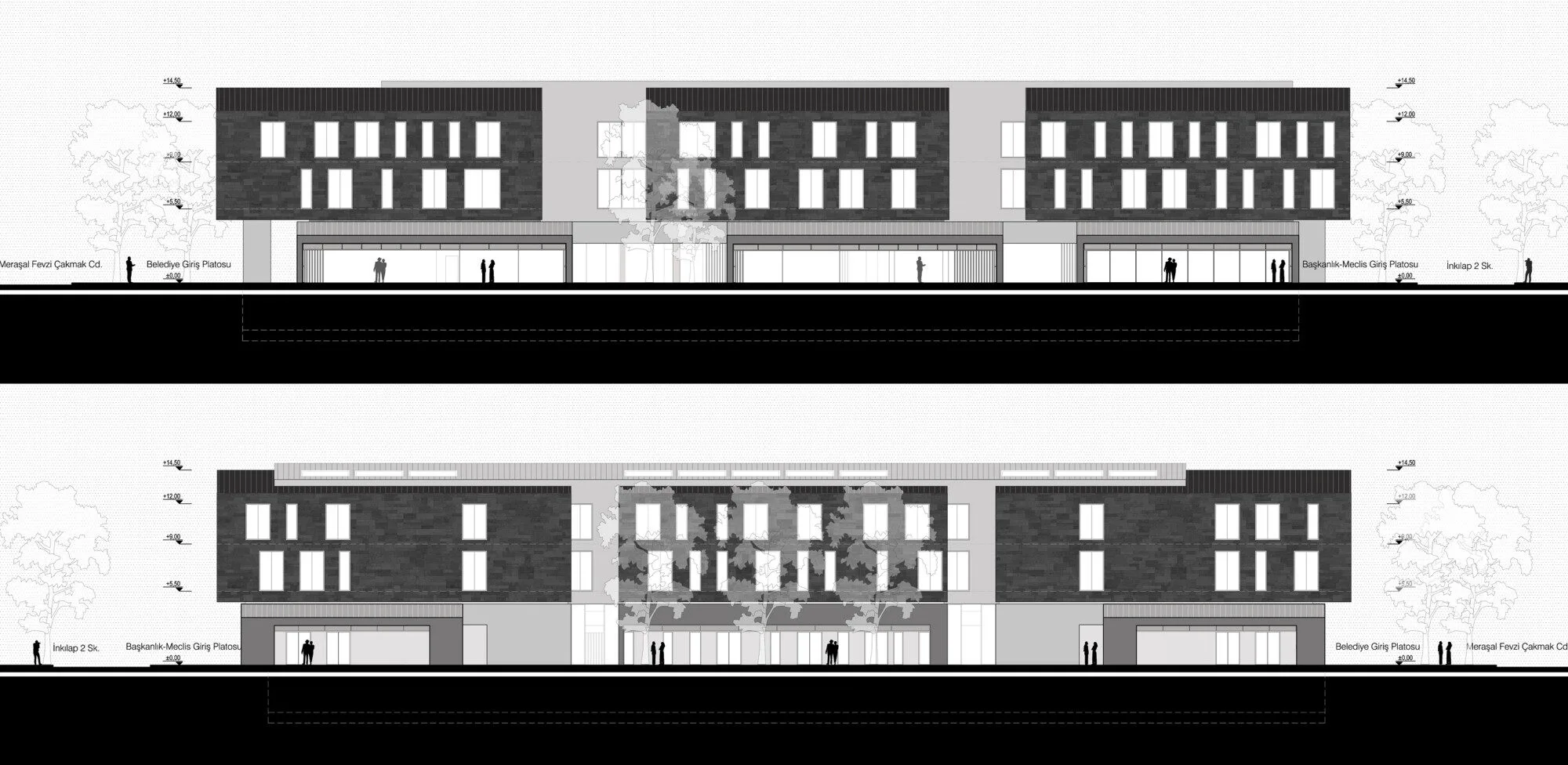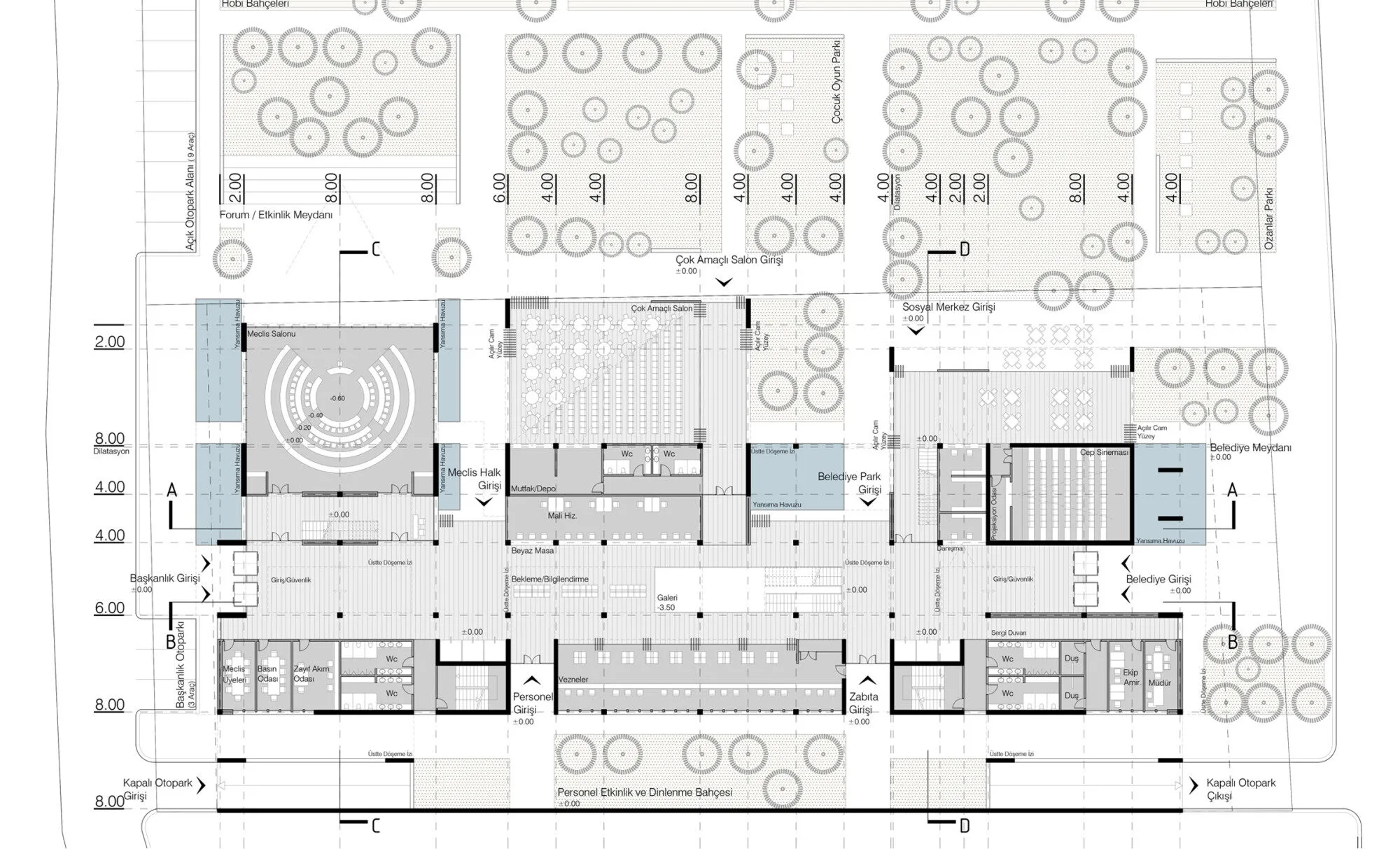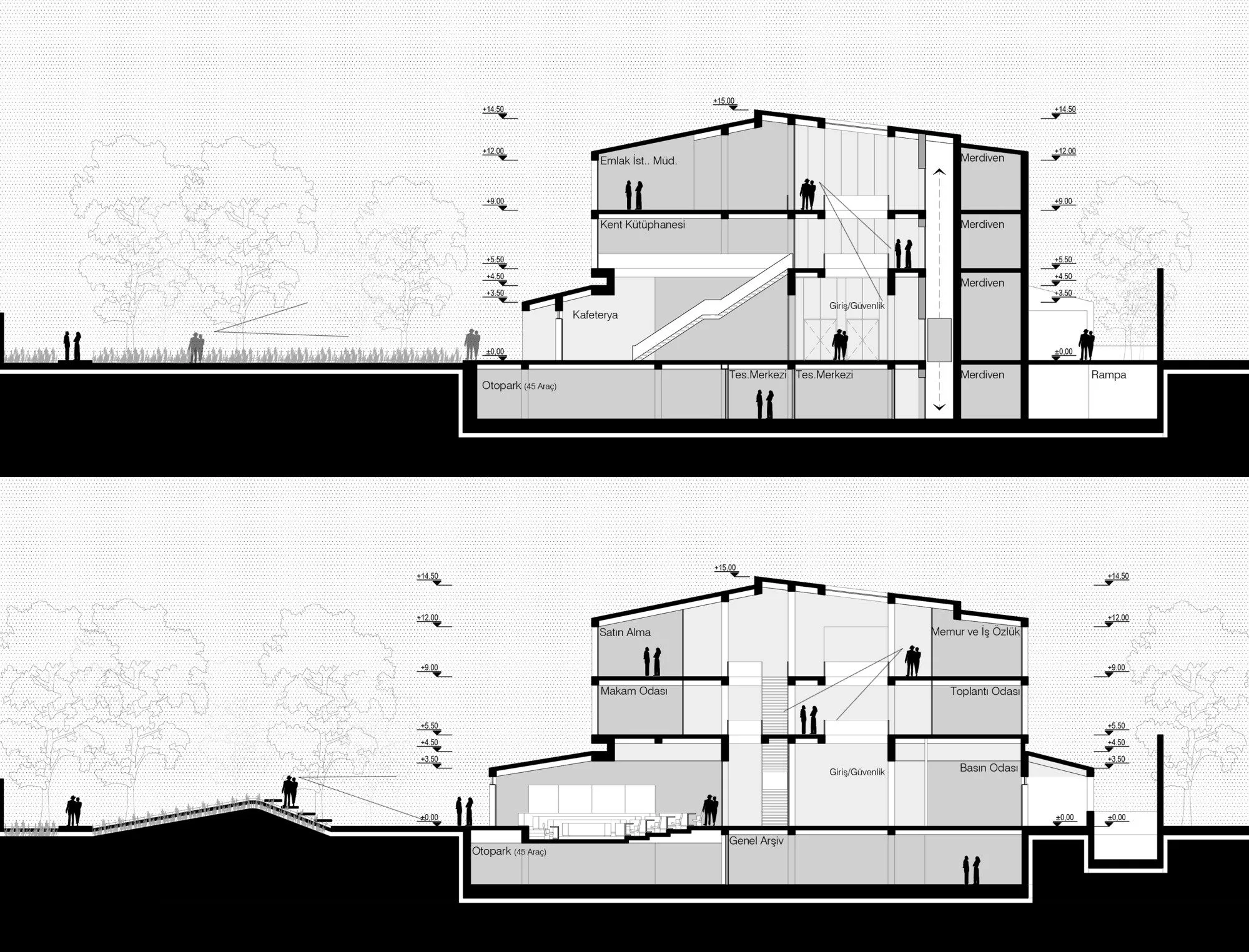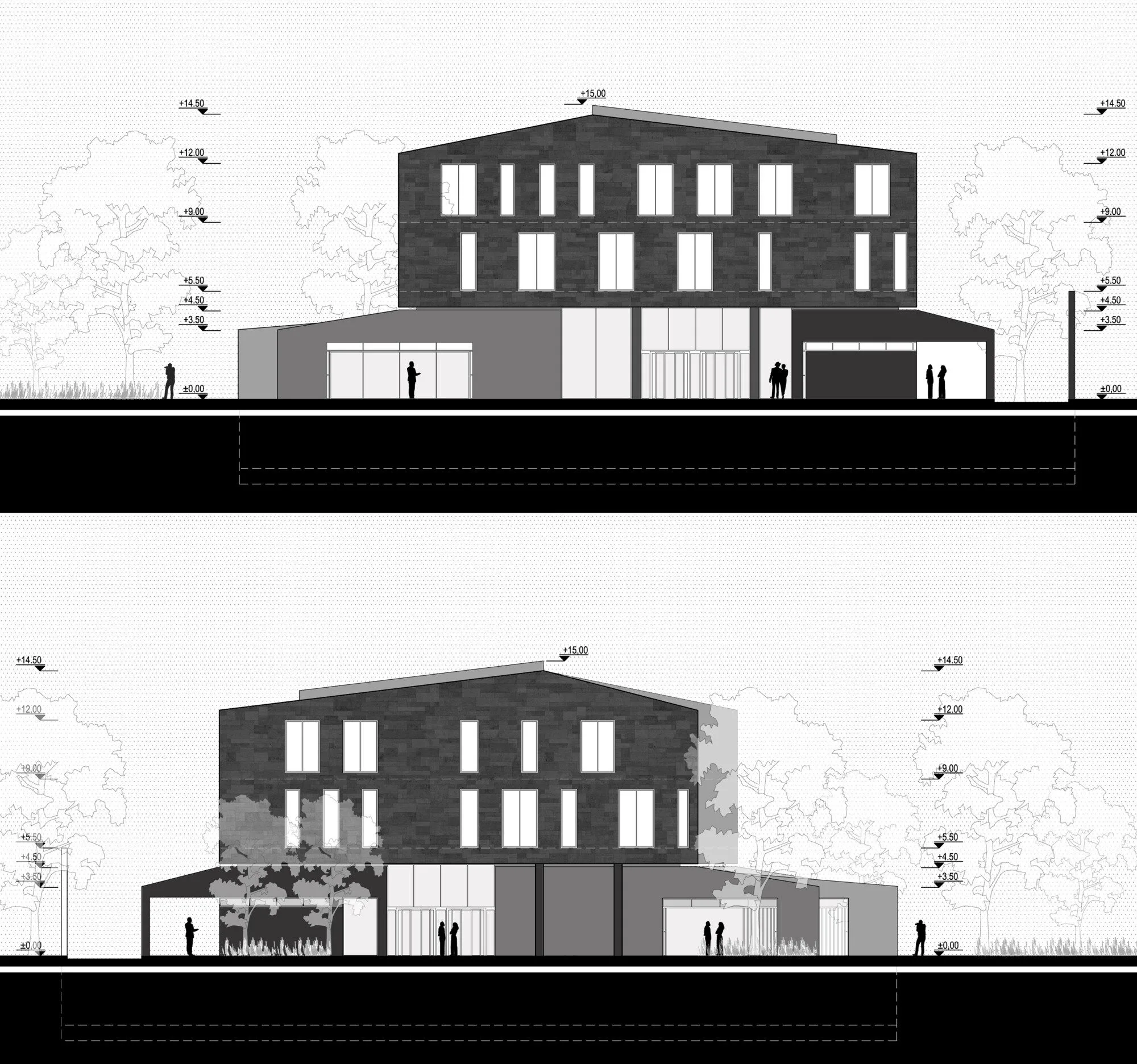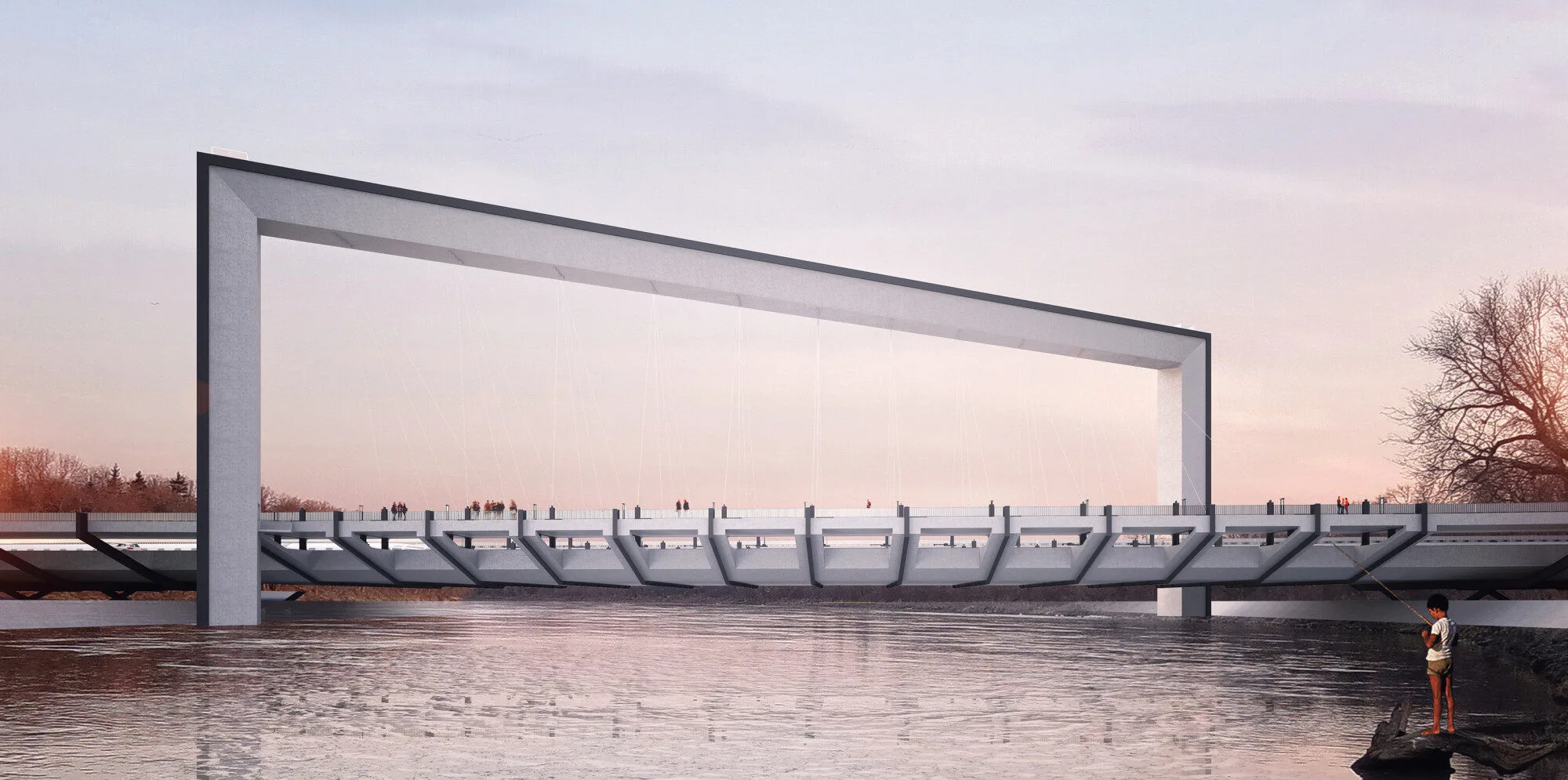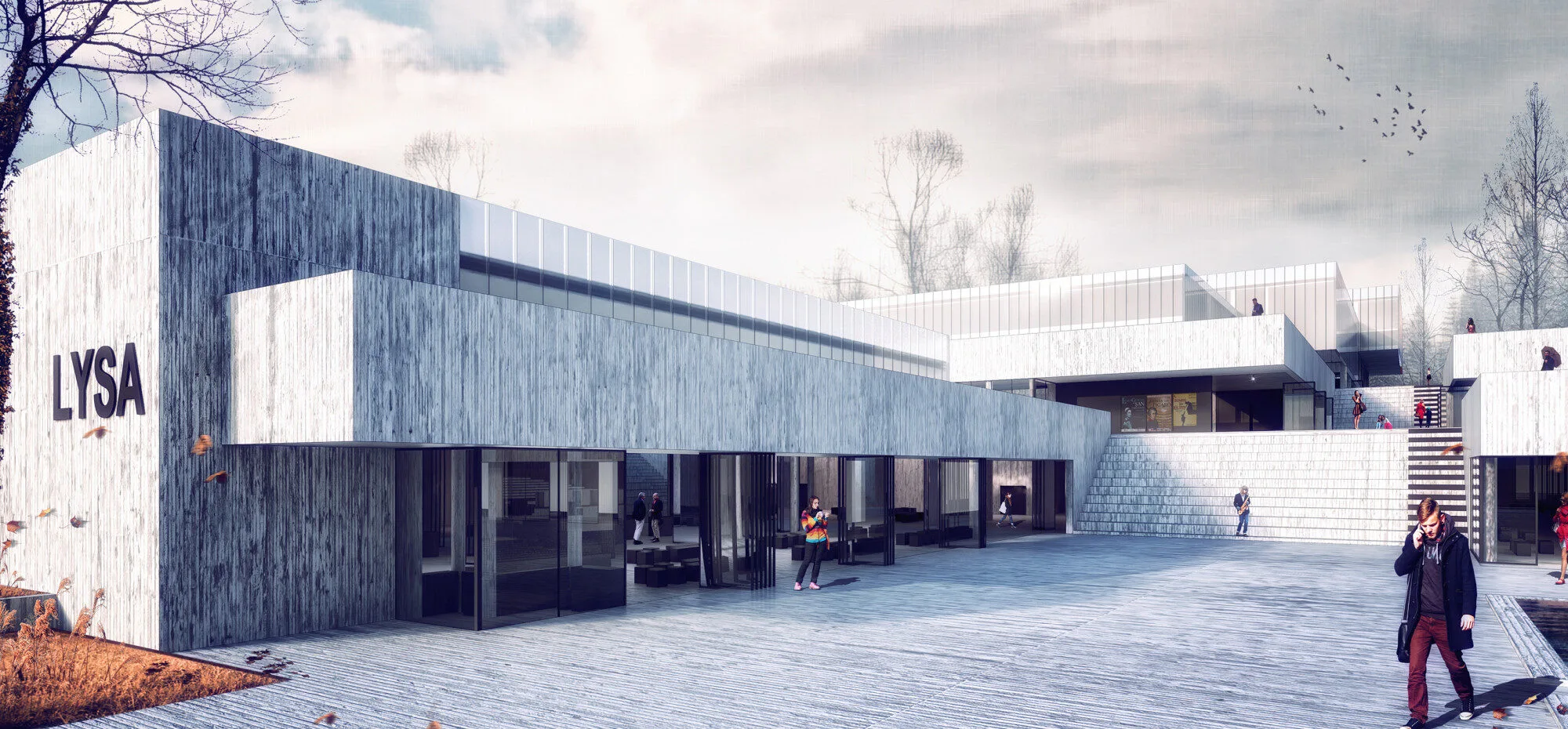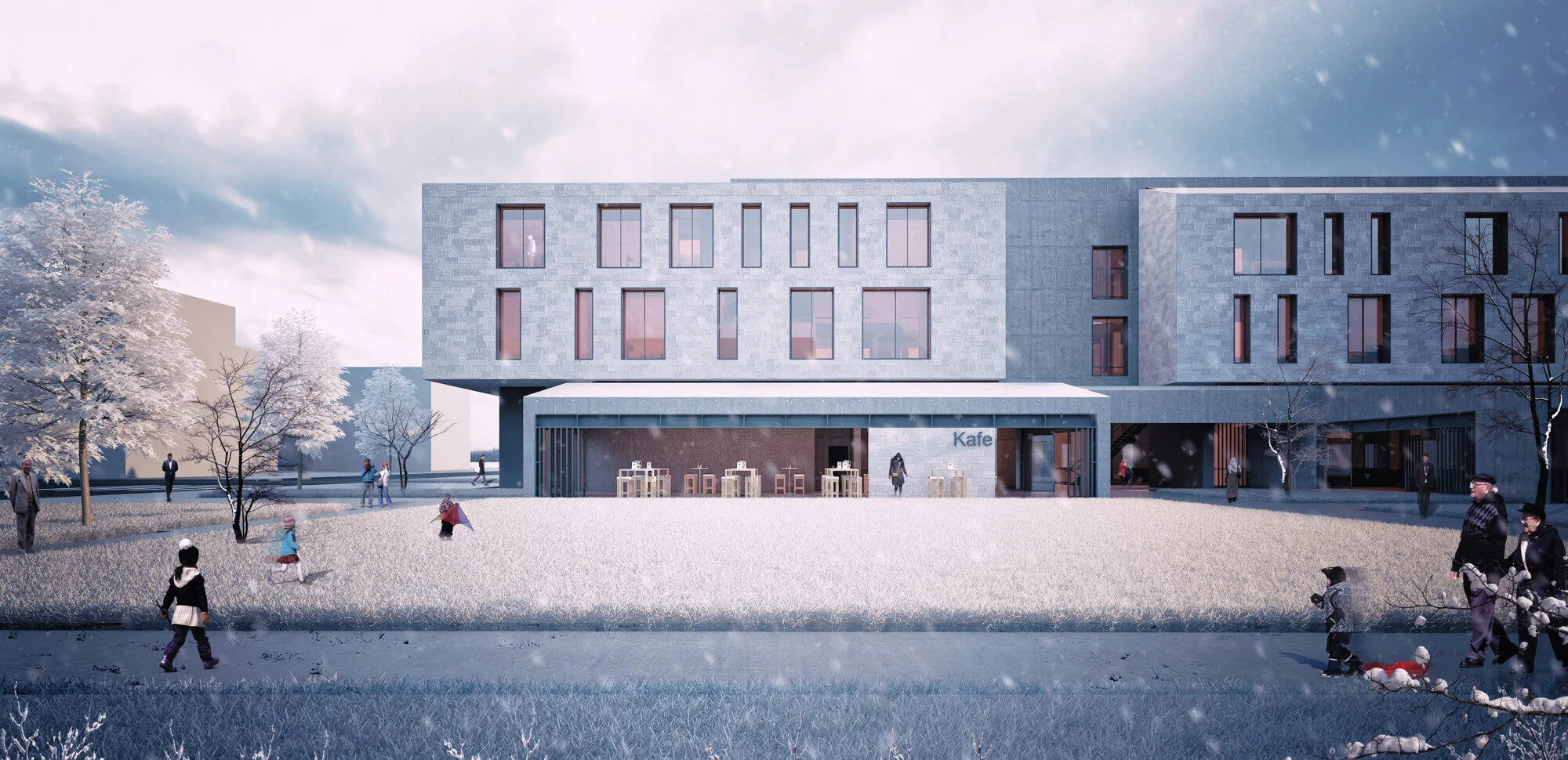
Van Ipekyolu Municipality Building
Ipekyolu Municipality Building
The architectural composition is inextricably linked to the prevailing climatic conditions endemic to the Eastern Anatolian region. The exigencies imposed by the local meteorological phenomena necessitate a meticulous formal response in the structure’s massing, which culminates in the adoption of a hipped roof configuration. This strategic choice not only facilitates efficient water runoff and thermal regulation but also serves as a hallmark of regional architectural vernacular, reinforcing the dialogue between the built environment and its natural surroundings.
Van Ipekyolu Municipality Building
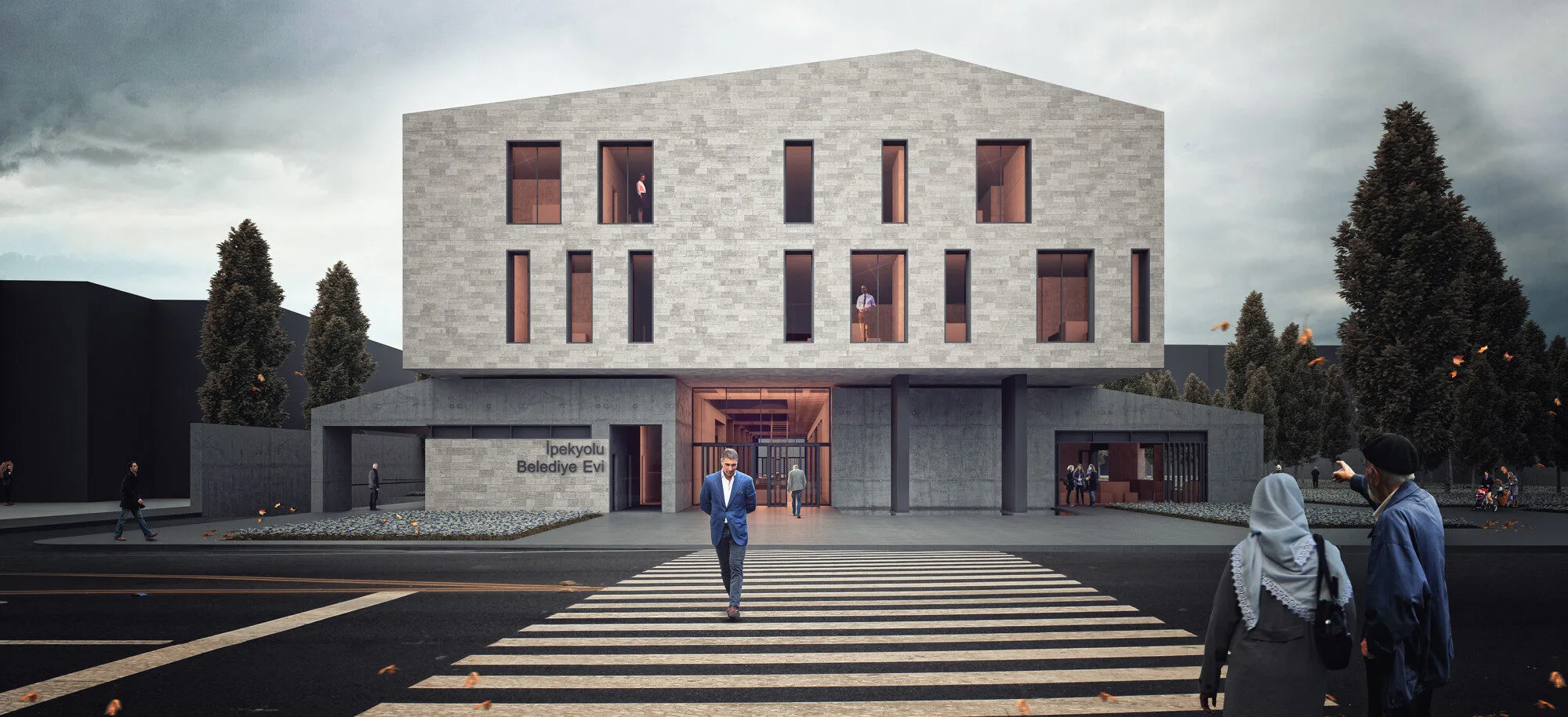
In concert with these climatic considerations, the façade is articulated through the use of robust, locally sourced natural stone. This material selection not only fortifies the structure’s connection to its geographical context but also imbues the edifice with a palpable sense of permanence and gravitas. The substantiality of the stonework echoes the tectonic qualities of the region’s topography, creating an aesthetic resonance that speaks to the rich architectural heritage of Eastern Anatolia while ensuring resilience against the elements.

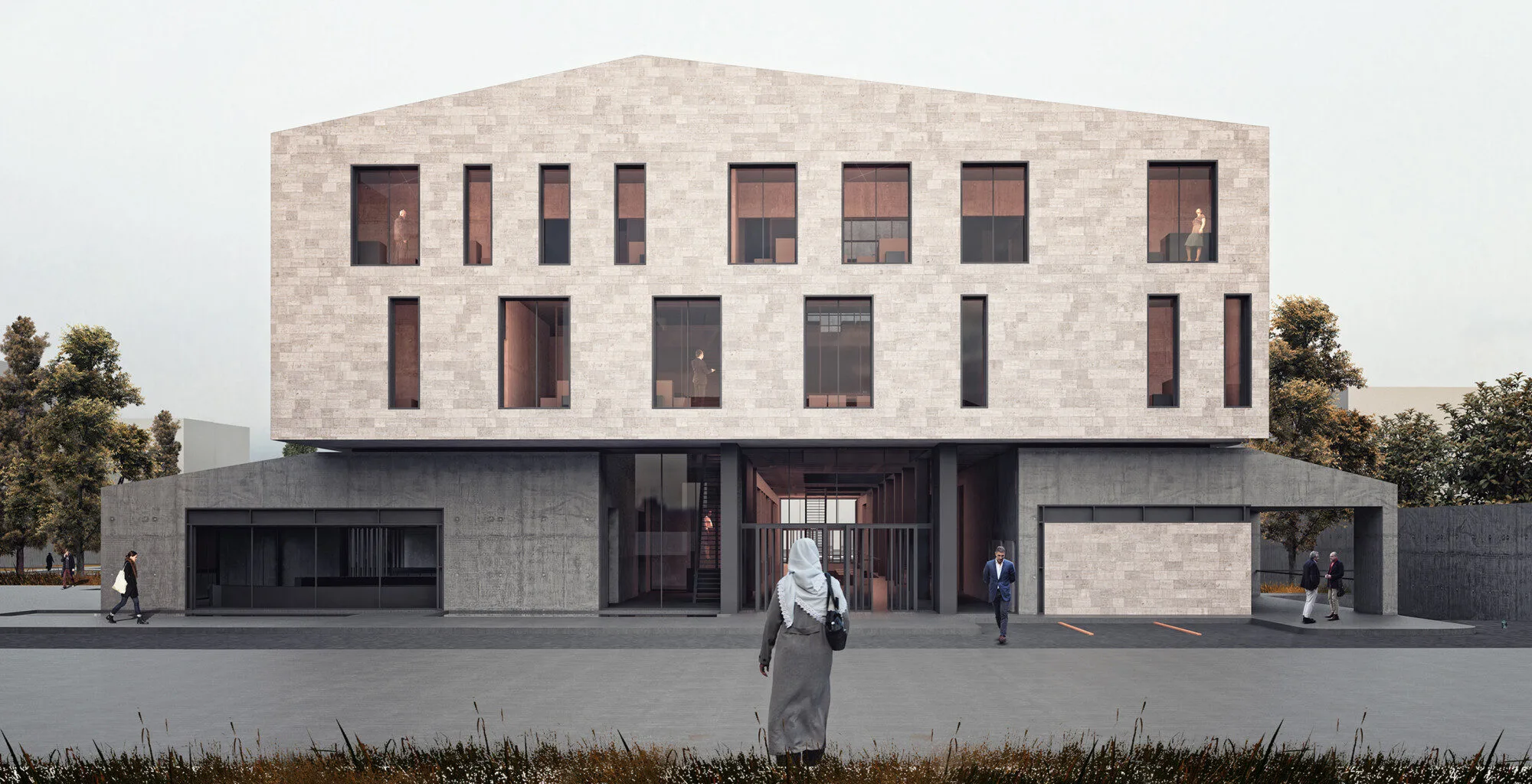
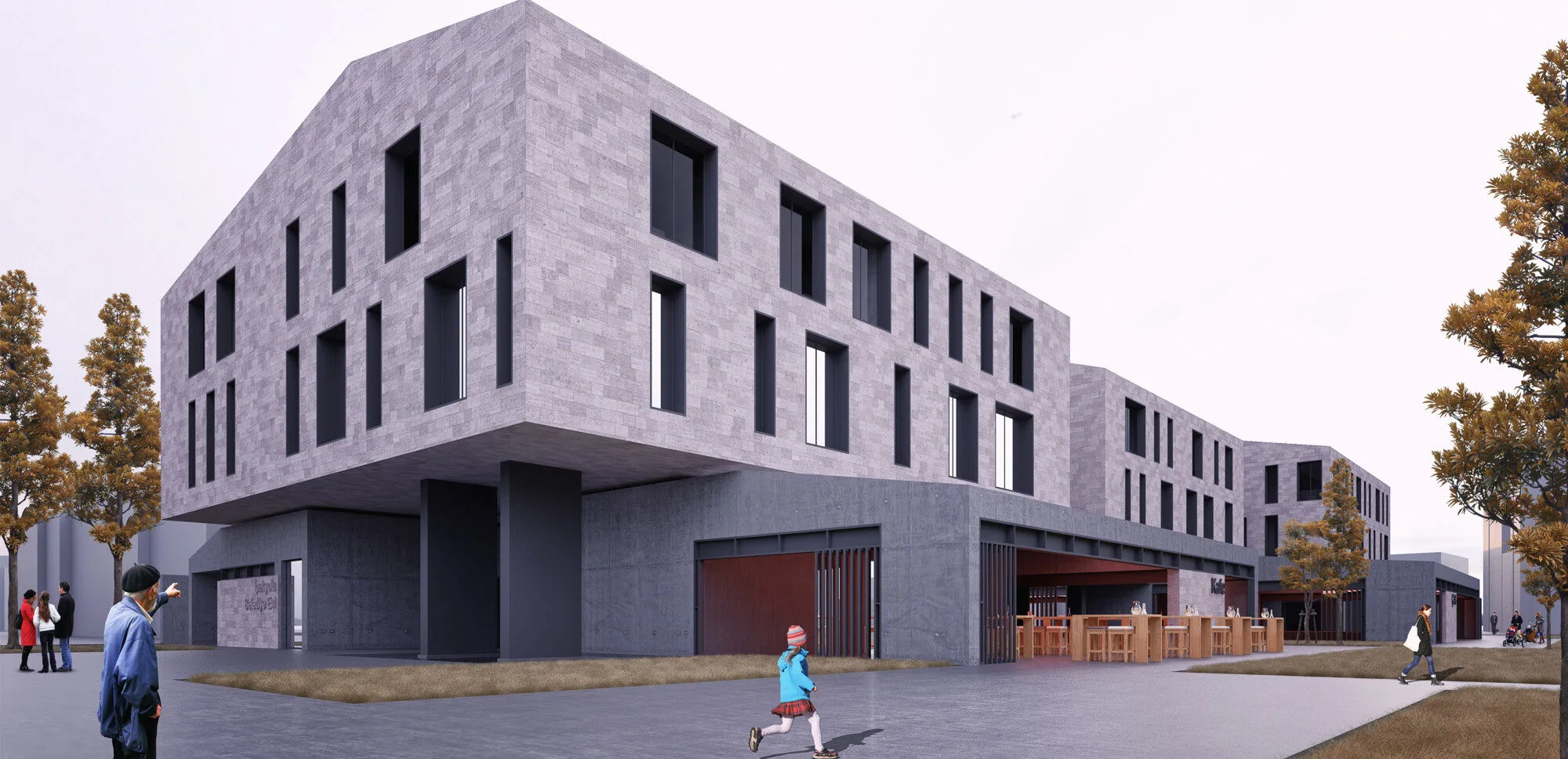
The elongated geometry of the site necessitates a linear spatial organization; however, to mitigate the potential monotony inherent in such a configuration, the design ingeniously incorporates three distinct segments, each delineating varied functional hubs. This deliberate segmentation cultivates a multifaceted environment, fostering a diverse range of activities that enhance the overall dynamism and vibrancy of the space.
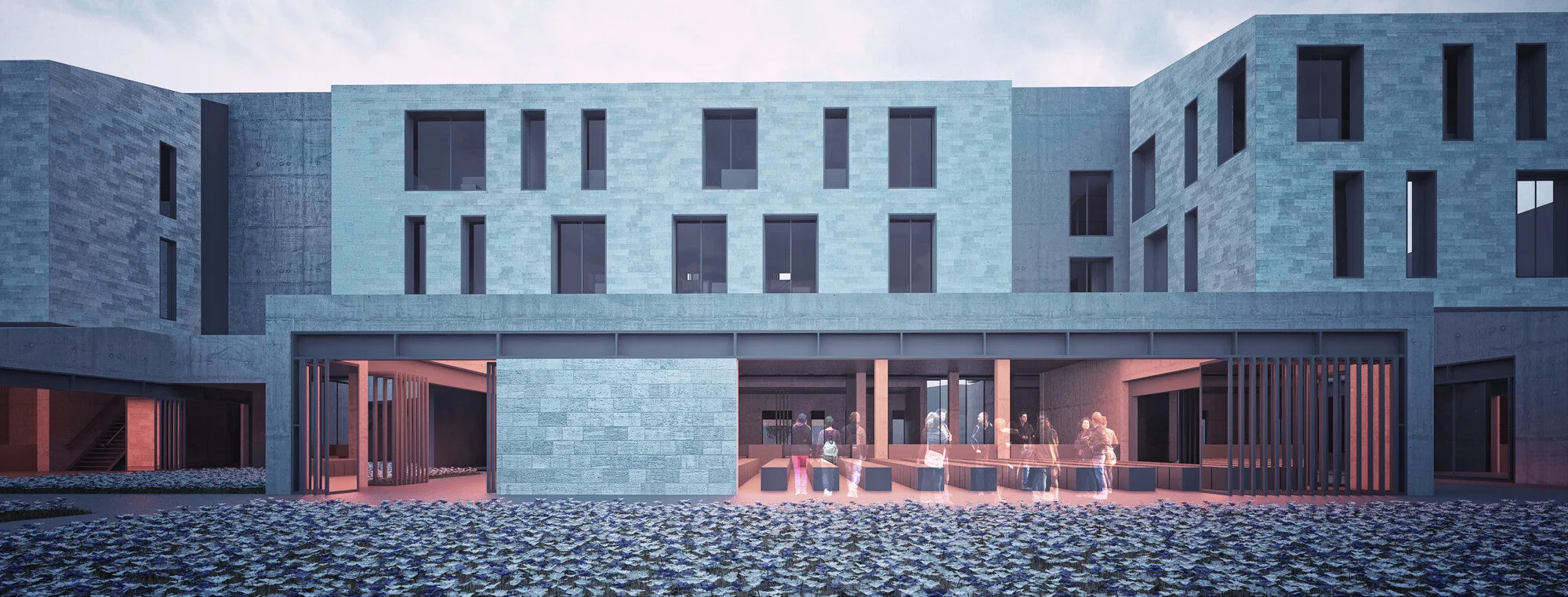
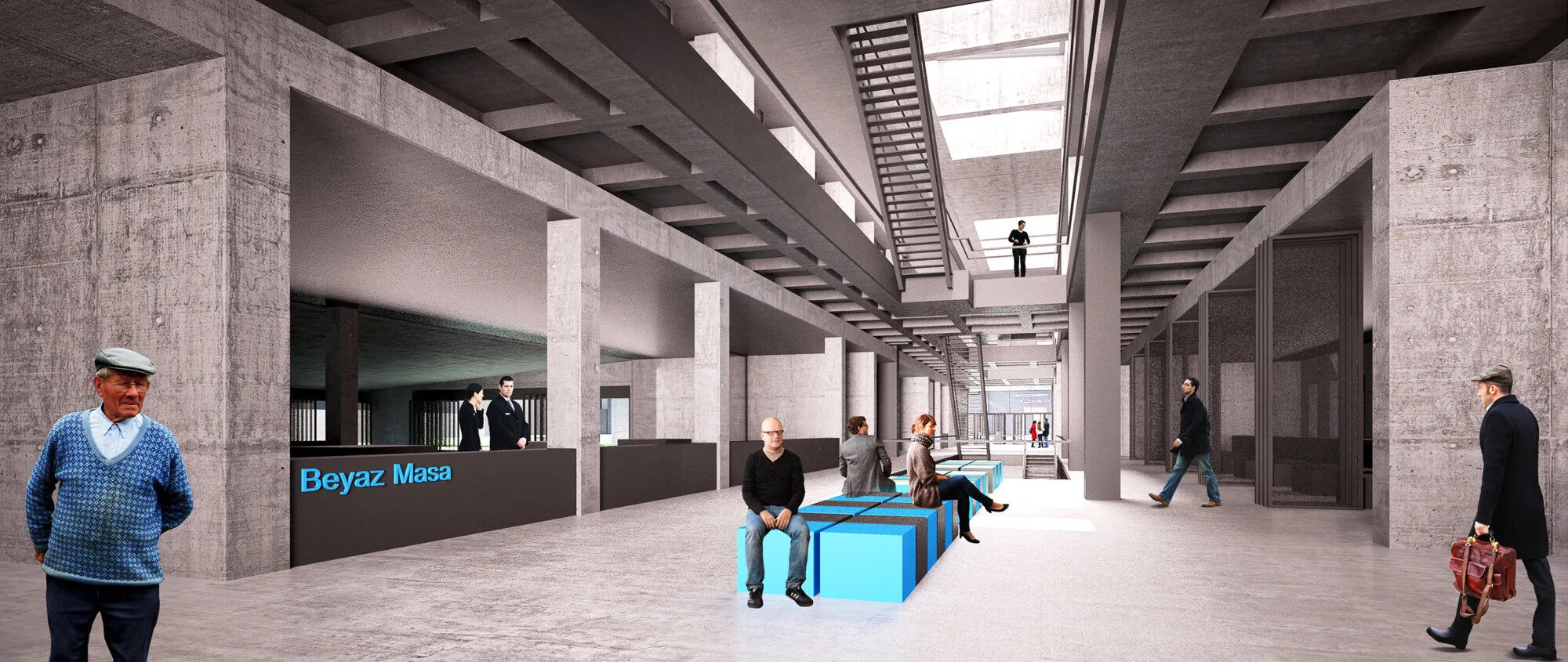
Verticality is accentuated through a nuanced examination of the ground floor in conjunction with the base structure. By elevating the two upper levels above the ground plane, the design cultivates a clear differentiation between public and private realms. The ground floor is judiciously dedicated to communal spaces, meticulously designed to promote social interaction and engagement. This intentional positioning of open, accessible areas engenders a vibrant atmosphere that is conducive to community gatherings and cultural exchange, thereby enriching the social fabric of the locality.
In summation, the architectural proposition emerges as a sophisticated synthesis of environmental responsiveness and functional diversity, where each design decision is a deliberate engagement with the interplay of climate, context, and community needs. The resultant structure is not merely a physical edifice; it is a living entity that embodies the aspirations and values of its inhabitants, fostering a profound connection between architecture and the human experience.
